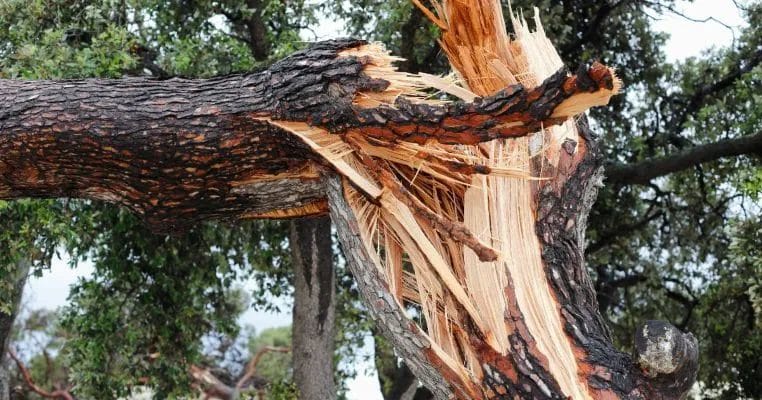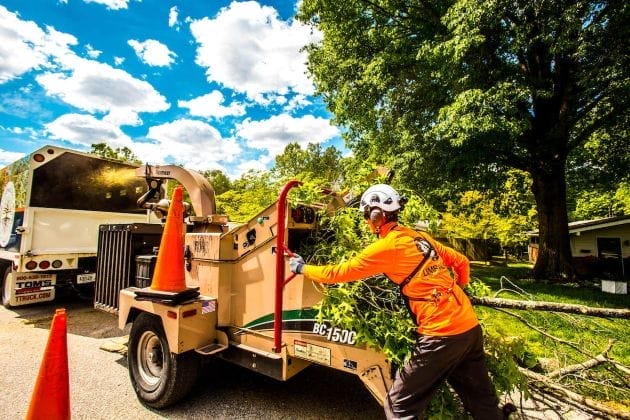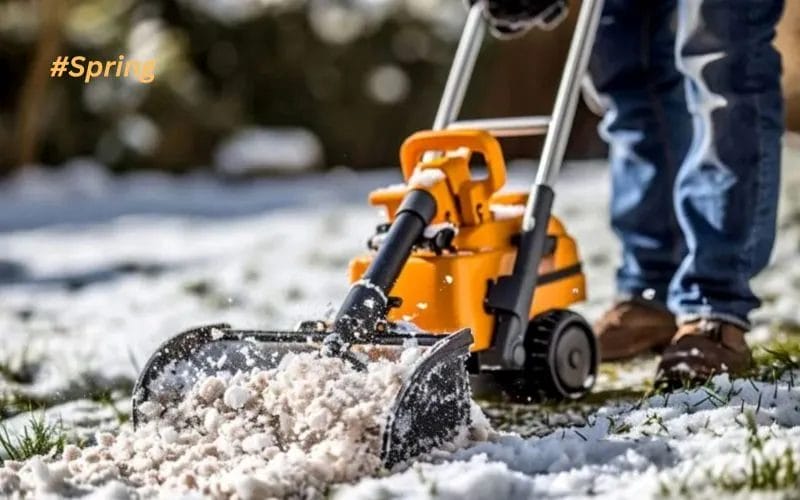
Many homeowners overlook the importance of late winter lawn care but taking a few crucial steps now can set the stage for a vibrant lawn come spring. As the temperatures begin to rise, you should engage in specific activities that promote healthy growth and vitality. By implementing these practices, you can ensure your lawn flourishes as the season changes. From aeration to proper fertilization, taking advice from experts like Smith Brothers Services and Smith Brothers Landscaping can help you achieve remarkable results. Let’s explore the five key things you should focus on to prepare your lawn for the upcoming warmer months.
Assessing Your Lawn’s Condition
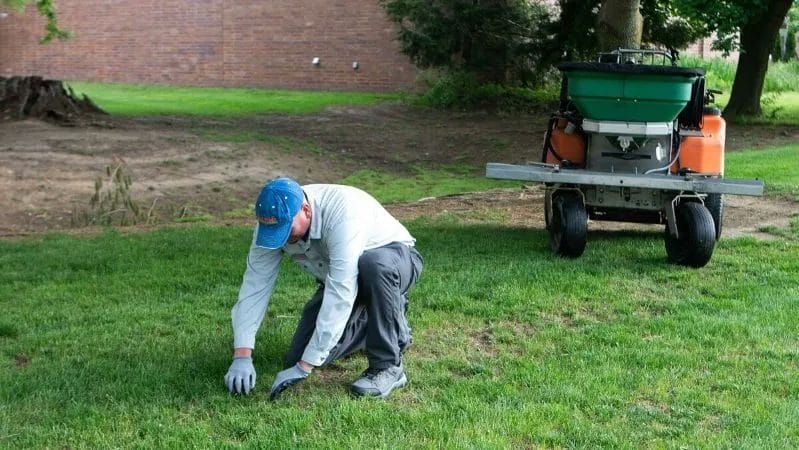
To ensure vibrant growth come spring, start by assessing your lawn’s condition during late winter. You’ll want to evaluate the overall appearance of your grass and look for any issues that may need addressing before warmer weather arrives. This process not only helps you identify underlying problems but also equips you with the knowledge to implement effective lawn care strategies.
Identifying Problem Areas
Areas that show signs of thinning or discoloration may indicate underlying issues such as pests, diseases, or poor soil conditions. By closely inspecting these spots, you can discern what needs to be done, whether it’s reseeding or applying specific treatments to nurture your lawn back to health.
Evaluating Soil Health
At this stage, it’s necessary to evaluate the health of your soil, as it directly affects your lawn’s growth potential. Healthy soil supports vigorous root systems, which are vital for a lush lawn. You can perform a simple test to check soil pH and nutrient levels, guiding your amendments for optimal conditions.
For instance, a soil test can reveal deficiencies in important nutrients, allowing you to amend the soil accordingly. If your soil is too acidic or alkaline, you may need to add lime or sulfur to balance its pH. Additionally, incorporating organic matter or fertilizers can enhance soil fertility, leading to a stronger, greener lawn. You can contact professionals like Smith Brothers Landscaping or Smith Brothers Tree Services for expert advice on improving your soil health, ensuring your lawn looks its best in spring.
Proper Lawn Aeration
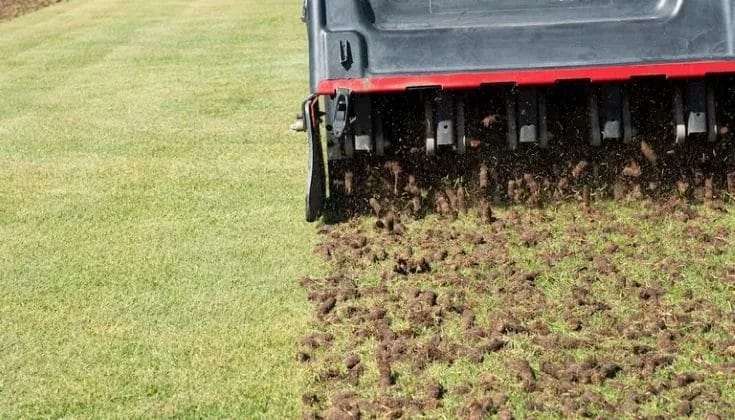
It is necessary to aerate your lawn in late winter to promote healthy growth as spring arrives. Aeration helps to alleviate soil compaction, allowing air, nutrients, and water to penetrate deeper into the root system. This process sets the stage for a resilient lawn that thrives throughout the warmer months. By incorporating proper aeration techniques, you can give your grass the best chance to flourish and create a vibrant outdoor space.
Benefits of Aeration
At its core, aeration enhances the health of your lawn by improving root development and increasing the availability of necessary nutrients. It helps your soil breathe, preventing issues like thatch build-up and poor drainage. An aerated lawn also fosters better water absorption, which is key to maintaining lush greenery during the hotter seasons. This proactive step mitigates the stress of high temperatures and helps your grass recover more quickly from drought or foot traffic.
Aeration Techniques
Across various methods of aeration, using a core aerator is one of the most effective. This device removes small plugs of soil from your lawn, allowing for maximum air and nutrient infiltration. For smaller areas, a spike aerator can be used, which pokes holes into the ground. However, core aeration is the preferred method for promoting healthier soil structure.
As you consider aeration techniques, assess the size and condition of your lawn. A core aerator will typically yield the best results, especially in compacted areas. If your property is small, manually aerating with a spike aerator may suffice. You can also enlist the assistance of professional services like Smith Brothers Services for effective lawn aeration. Their expertise will ensure your lawn gets the treatment it needs for a lush transition into the spring season. Don’t overlook this vital step in preparing your outdoor sanctuary with Smith Brothers Landscaping and Smith Brothers Tree Services for comprehensive yard care.
Reseeding and Overseeding
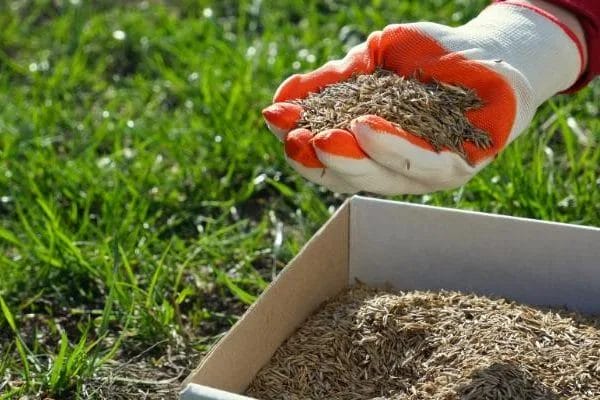
Now is the perfect time for you to consider reseeding and overseeding your lawn. By doing so, you can fill in any bare patches and encourage your grass to thrive come spring. Follow the advice found in this article on 5 Lawn Care Tasks You Should Do in Late Winter. Don’t overlook this important step in achieving a lush, green lawn with the help of Smith Brothers Services for expert guidance.
Choosing the Right Grass Seed
Overseeding effectively starts with selecting the right grass seed for your specific region and lawn conditions. Look for seed blends that are suited to your climate, sun exposure, and soil type to ensure the best growth. Consult with professionals from Smith Brothers Landscaping to choose a seed mix that will flourish in your yard.
Timing Your Seeding
On the other hand, timing your seeding is crucial for successful germination. Aim to overseed when soil temperatures begin to rise, typically in late winter or early spring. This promotes optimal growth as your grass will be well-established by the time warmer weather arrives.
With proper timing, you can create conditions that promote healthy seed germination. Monitor local weather forecasts and aim for days when temperatures are consistently above freezing but not too hot, allowing the seeds to settle in before spring’s full arrival. By aligning your seeding with the natural growth cycle, you maximize the effectiveness of your efforts for a beautiful lawn. Consider contacting Smith Brothers Tree Services if you need comprehensive landscaping advice and assistance.
Fertilization Strategies
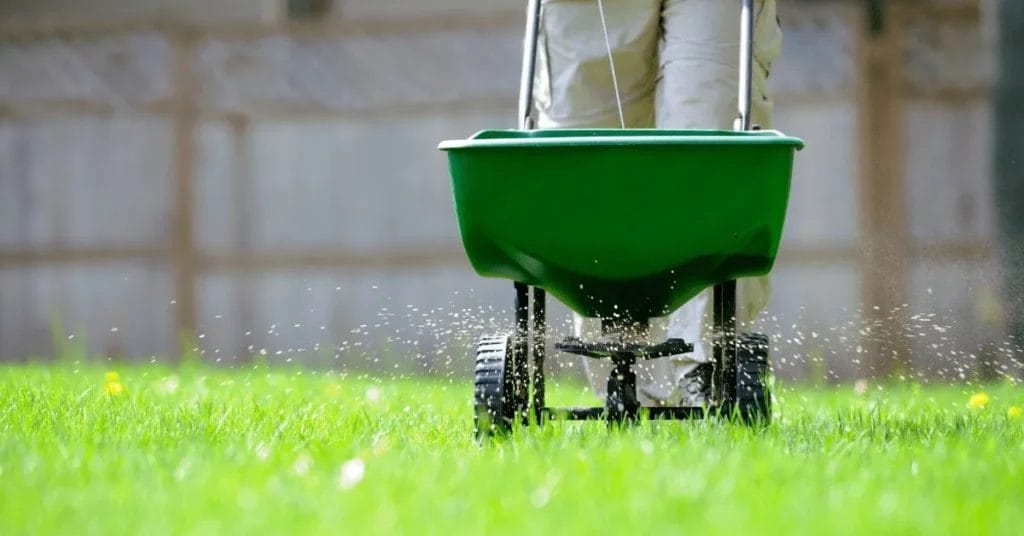
Unlike other seasons, late winter is a prime opportunity to set the foundation for a flourishing lawn come spring. By implementing the right fertilization strategies now, you can help your grass thrive as temperatures rise. Both the timing and type of fertilizer you choose play a significant role in optimizing your lawn’s growth and health. Ensure you follow a methodical approach to reap the benefits when spring arrives.
Selecting the Right Fertilizer
On your quest for a vibrant lawn, choosing the right fertilizer is important. Look for a slow-release formulation that feeds your grass gradually, providing nutrients throughout the spring growth period. An N-P-K ratio tailored to your lawn’s specific needs will support optimal growth, so consider a soil test to guide your selection process.
Application Techniques
To maximize the effectiveness of your fertilizer, proper application techniques are key. Spreading the product evenly ensures all areas of your lawn benefit from the nutrients, preventing brown patches and uneven growth. Heavy equipment or a hand-held spreader can help you achieve the right coverage, depending on your lawn size.
At the time of application, consider the weather conditions. Fertilizing just before a light rain can help the nutrients soak into the soil. Additionally, applying your fertilizer at the right rate is important to avoid over-fertilization, which can harm your lawn. Ensure you follow the product instructions carefully for the best results. For tailored assistance, Smith Brothers Services, including Smith Brothers Landscaping and Smith Brothers Tree Services, can help you navigate these processes, ensuring your lawn thrives this spring.
Pest and Weed Management
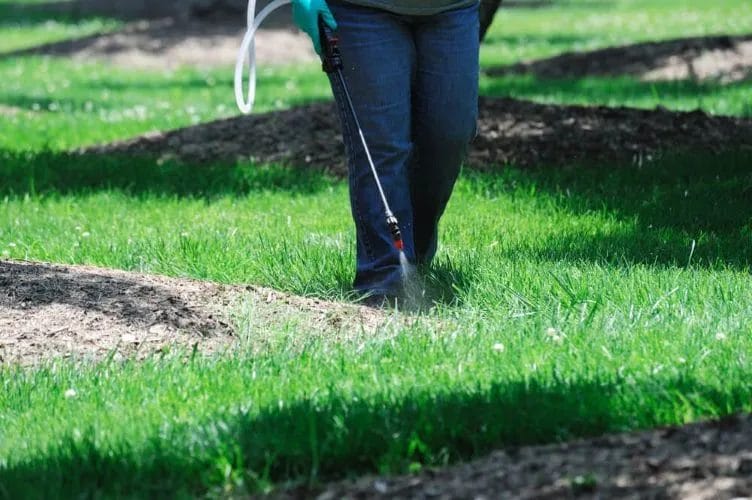
Your lawn’s success depends on effective pest and weed management during late winter. This period is the perfect time to address any existing pests and emerging weeds that may disrupt your lush lawn come spring. By taking proactive measures now, you can set the stage for a healthy, thriving landscape with services from Smith Brothers Landscaping, helping to ensure your lawn is primed for growth.
Identifying Common Winter Pests
An effective lawn starts with identifying winter pests that can damage your grass. Look for signs of grubs, chinch bugs, and other invasive species that may take hold in cooler months. Early recognition allows you to implement targeted strategies without waiting for spring when pests tend to proliferate.
Effective Weed Control Methods
Beside pest control, managing weeds is also important for a thriving lawn. Utilize methods such as manual removal, pre-emergent herbicides, and mulching to prevent weed growth during the transition to spring. Understanding different types of weeds can help tailor your approach for optimal results.
Consequently, taking action against weeds now promotes vigorous grass growth and reduces competition for nutrients and water. Implementing pre-emergent herbicides blocks germination of weeds during this time. Furthermore, combining these treatments with physical removal techniques ensures you’re effectively curtailing weed populations in your turf. For comprehensive management solutions, consider reaching out to Smith Brothers Services to ensure your lawn remains both healthy and weed-free this spring.
Watering Practices for Late Winter

Despite colder temperatures, maintaining the right watering practices in late winter is important for preparing your lawn for spring. Your grass is still alive, albeit dormant, so attention is needed to ensure it receives adequate moisture. This will help it thrive once the growing season begins. You can prevent dry patches and promote healthy growth by strategically watering your lawn during this period.
How Much Water is Needed?
To determine how much water your lawn needs, aim for about 1 inch of water every two to four weeks. This can vary based on your local climate and specific grass type. You can use a simple rain gauge or a container to measure the amount of water your irrigation system delivers, ensuring an effective watering schedule.
When to Water
Water your lawn early in the morning to maximize absorption and minimize evaporation. Early watering allows your grass to soak up moisture before the sun heats up the day. If evening is your only option, try to water at least a few hours before sunset to avoid prolonged moisture on the grass that could lead to fungal diseases.
Water your lawn consistently during late winter, especially if you notice dry spells. If your area hasn’t received any substantial rainfall, and your lawn begins to show signs of stress, adjust your watering schedule accordingly. You want to ensure your grass roots remain hydrated without over-saturating the soil. Trust the expertise of Smith Brothers Services to help you with effective lawn maintenance and establish a great foundation for your lush lawn come spring.
To wrap up
From above, following these five vital steps during late winter will set the stage for a vibrant and healthy lawn come spring. By investing time in your lawn care now, you’ll benefit from lush greenery that enhances your outdoor space. Consider reaching out to Smith Brothers Services for expert landscaping advice, or utilize their Smith Brothers Tree Services to ensure your trees remain healthy. Trust in Smith Brothers Landscaping to help you unlock your lawn’s full potential as the seasons change. Start your lawn care journey today for impressive results tomorrow!

